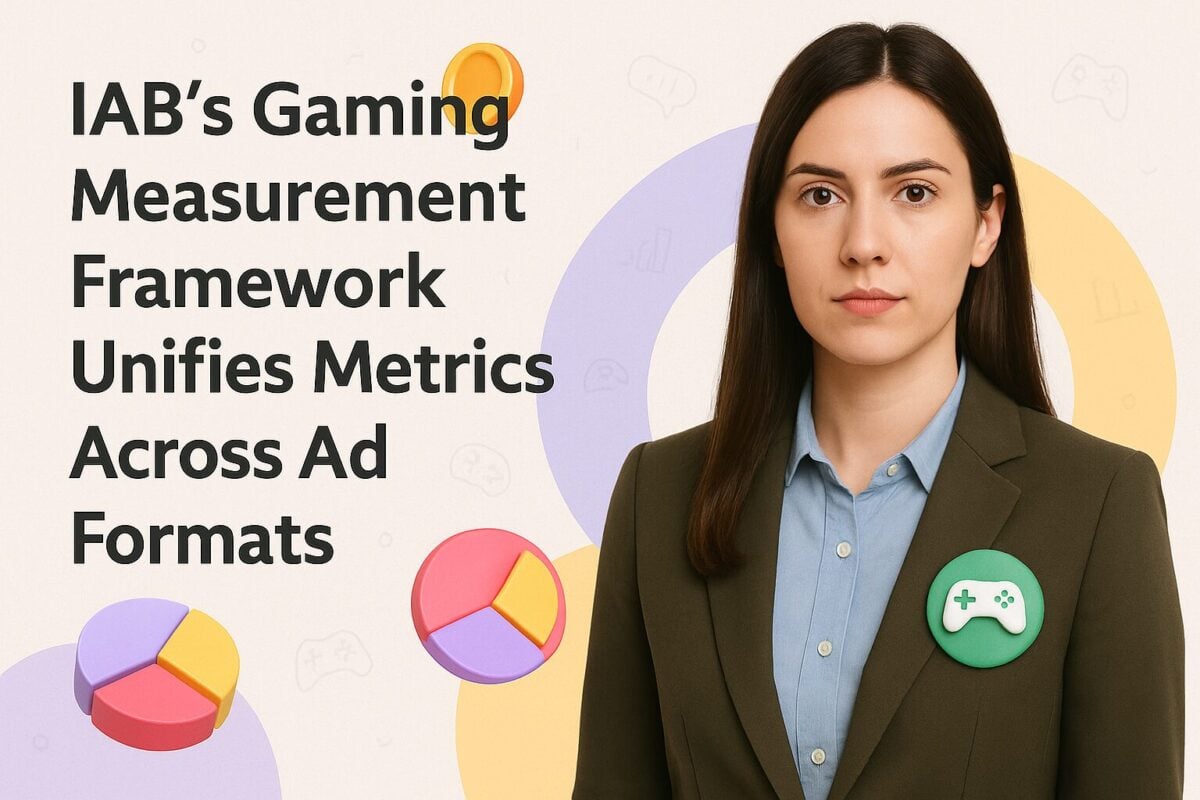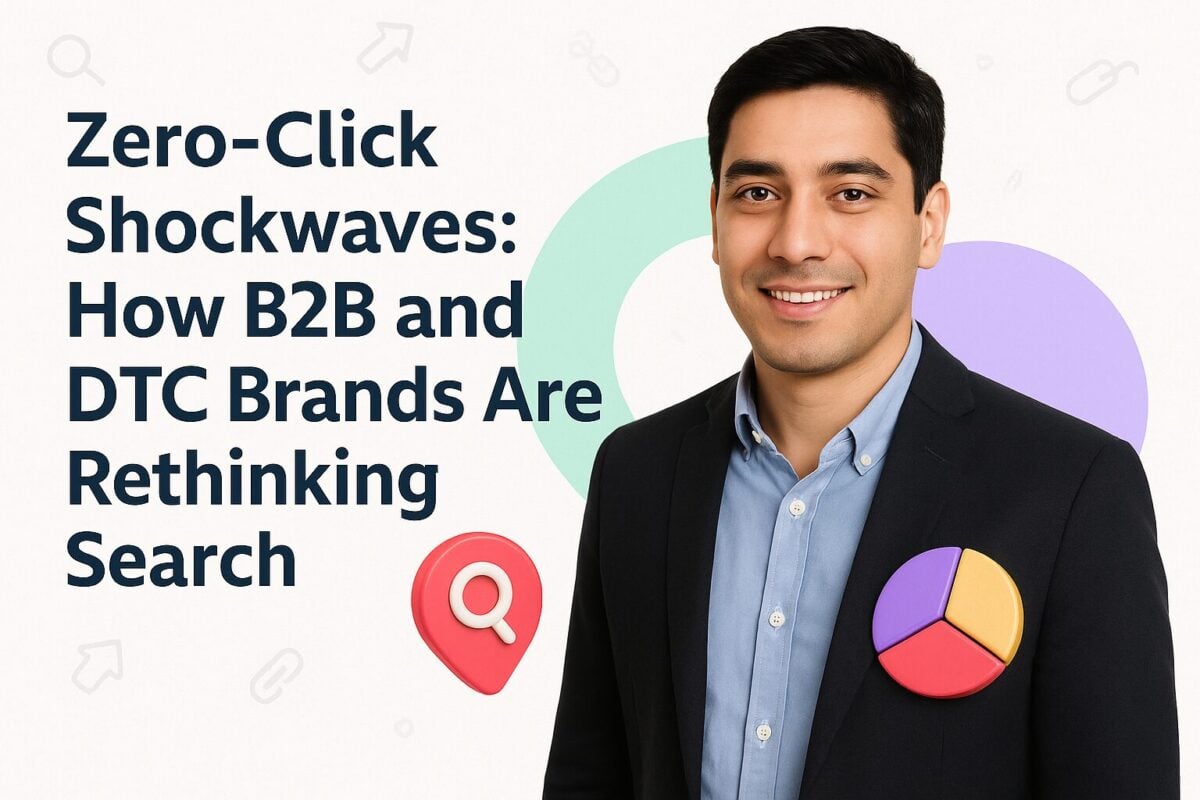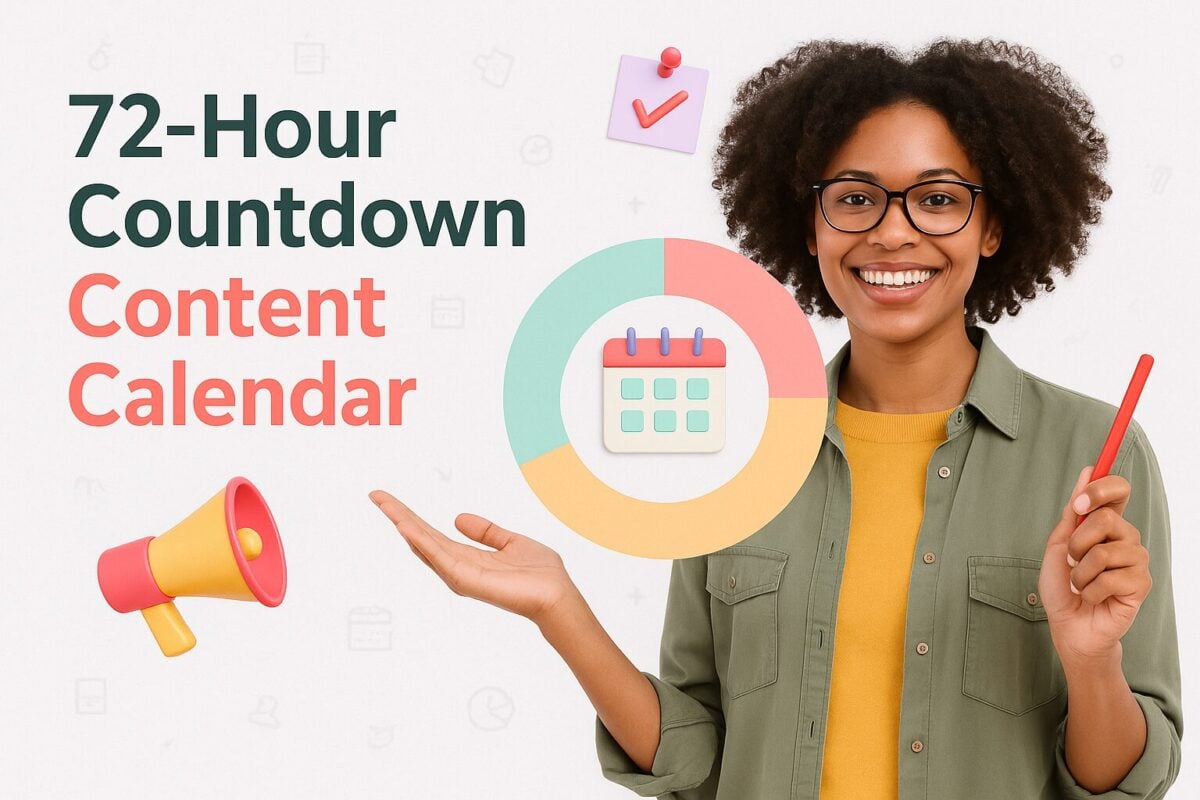Have you had website visitors who spent time browsing products in your eCommerce store only to leave empty-handed? Are you looking for ways to get them to return, fill their carts, and complete the checkout process?
If so, consider remarketing, an ad technique that boosts conversion rates by up to an astounding 161% and reduces cart abandonment by 6.5%. Use remarketing to engage potential customers via targeted ads as a good-natured reminder of the products or services that pique their interest.
This article will tackle various facets of remarketing, illustrate the six strategies you can use, and provide professional inputs to expand your understanding of this distinctive marketing technique. Whether you aim to improve conversions, enhance brand recall, or re-engage with hesitant customers who are not ready to buy, consider this your roadmap to developing competence in remarketing.
Leverage Remarketing Strategies to Boost Conversions and Win Back Customers:
What Is Remarketing?
Remarketing is a targeted technique that businesses can use to reconnect with visitors who’ve already visited or engaged with their website. It can bring prospective buyers back to your digital store and convince them to convert. It’s called remarketing because you’re literally marketing your products again to your potential customers.
Remarketing came about as a countermeasure to the difficulties businesses face in converting website visitors into buying customers. This is evident when considering the dismal state of the average conversion rates of eCommerce sites—just below 2%.
As a digital ad strategy, remarketing is a game-changer, capable of hitting two goals at once when done strategically. Remarketing not only reignites the curiosity of your past visitors. It can also entice them to return to your store and complete the buying process. Not only do you win them back, but you also boost your overall success metrics.
What Are the Different Types of Remarketing?
There are different types of remarketing campaigns that you can use to re-engage your audiences. These include the following:
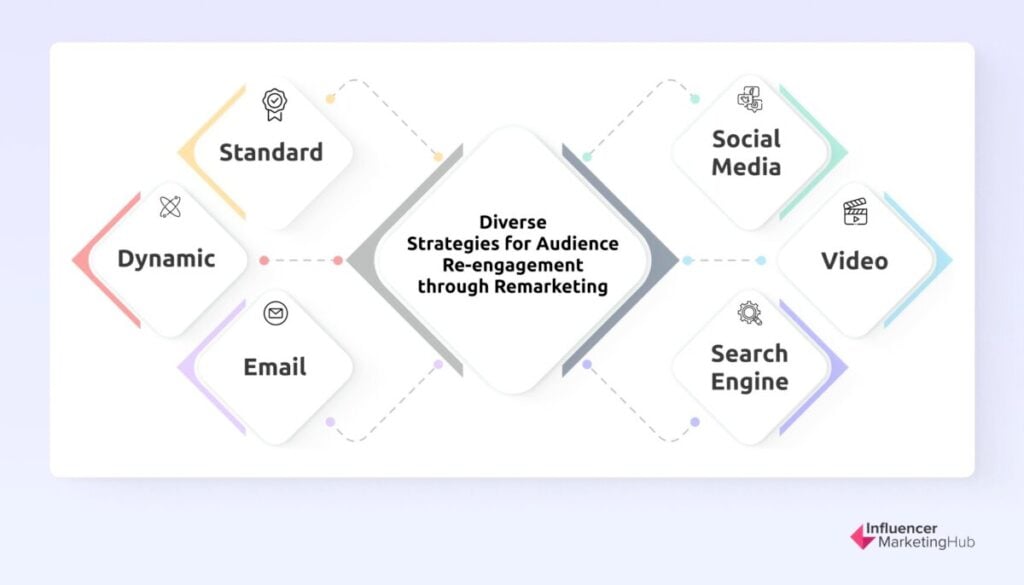
- Standard Remarketing. The most common form of remarketing, this technique uses tailored ads aimed at previous visitors of your website or eCommerce store. Often delivered via display channels, they are designed to convince visitors to go back to your site by showcasing your product or service that’s relevant to them.
- Dynamic Remarketing. Taking the standard remarketing approach to another level, dynamic remarketing offers a heightened level of customization. It delivers ads tailored to the specific preferences of an individual user. It focuses on the exact product the visitor inspected when they visited your site. Through dynamic remarketing, you establish a more direct connection with your prospective customers.
- Email Remarketing. This entails collecting and harnessing customer data to craft email marketing campaigns that are personalized. When email campaigns are fine-tuned for target customers, the result is an increase in clicks that enhance your marketing performance. In fact, marketers achieve 39% higher click-through rates when they use personalization in their email campaigns.
- Social Media Remarketing. This method uses social media to re-engage with potential clients. Here, you create ads tailored to users who interact with you through their social media accounts. The ads seamlessly integrate into various social media platforms, usually as in-feed ads. Facebook, Instagram, Pinterest, and Twitter are the go-to social networking websites for remarketing strategies.
- Video Remarketing. Video remarketing employs video content to advertise your brand to users who have previously explored your website and watched videos. Video marketing is indispensable in any ad strategy, considering the hours upon hours that people devote to watching online videos. Providing relevant video content and strategically placing your ads at the start or between videos significantly improves brand recognition and increases audience engagement.
- Search Engine Remarketing. This approach utilizes search engines to recapture the attention of past visitors to your website. It revolves around assessing past browsing habits and tailoring your search ads accordingly. These bespoke ads pop up when your past website visitors use related keywords during searches on search engines like Bing and Google or Google Display Network sites, which include videos, apps, and other Google-owned online platforms.
How Does Remarketing Work?
Remarketing capitalizes on the fact that shoppers are more inclined to buy from businesses that offer relevant products and personalized recommendations. This is why building connections is a must if you want to promote consumer confidence and trust in your brand. This critical step becomes less challenging if a customer has shown interest in your business despite not having completed a purchase.
In such scenarios, you can utilize remarketing to motivate would-be buyers to finalize their purchase. The mechanism behind remarketing is, to put it directly, placing cookies on user devices during their website visit. When visitors exit your site without purchasing anything, these cookies get to work by reminding them of the products they recently scrutinized.
The cookies will also activate the display of relevant ads across different online spaces, including search results pages and social media platforms. Depending on your campaign, remarketing can take on various forms and employ methods such as using remarketing pixel tags and remarketing lists.
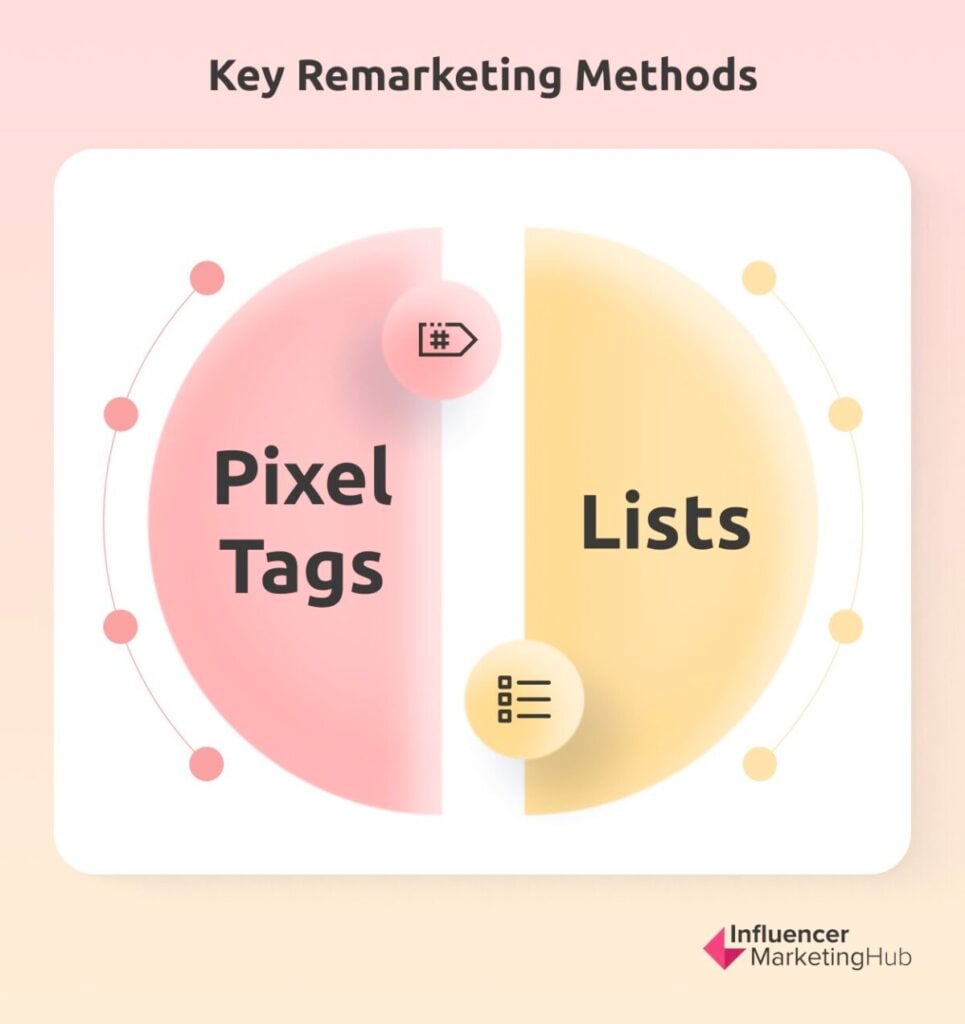
1. What Are Remarketing Pixel Tags?
Remarketing pixel tags, also called web beacons, are tracking pixels consisting of code snippets that you embed on a website or in an email to track user behavior and interactions. Commonly used to re-engage past website visitors, these tags can also be used to personalize your ad content based on customer preferences.
A pixel tag is added to a website or landing page to gather essential visitor data, leaving an anonymous cookie on the visitor’s browser. Cookies are text files or blocks of data that collect information, including user location, pages visited, and time spent on the website. They also store session information.
With remarketing pixels, you subtly nudge your previous site guests using ads, emails, and other marketing means, reminding them about the products that captured their interest. As users navigate your website, securing permission to collect information using cookies becomes crucial.
2. What Are Remarketing Lists?
Remarketing lists are curated logs of internet users who have interacted with a website. Interactions include visiting the landing page, browsing products or services, clicking on website content, signing up, abandoning a shopping cart, and other specific actions.
A user list enables you to create highly targeted campaigns. To create your remarketing list, identify behaviors you want to track and use that to categorize your audience. By segmenting your list, you can then craft compelling ad campaigns that connect with your target market.
If you’re using Google Adwords, make the most of Remarketing Lists for Search Ads (RLSAs). This feature lets you tailor your campaigns for those who previously expressed interest in your offerings. With tools to customize your ads and adjust bids to your target audience, it increases the potential for re-engagement and conversion.
Remarketing vs. Retargeting
Some digital marketers often interchange these terms, treating one as a synonym of the other. Both share the same ultimate objective: to convince past site guests to revisit your eCommerce store and persuade them to finish their purchasing journey.
These include people who have initiated the buying process but have quit before completing the checkout part. Hence, you re-engage them through remarketing, or for some, retargeting. Although frequently lumped together, remarketing and retargeting are two distinct marketing methods.
- Retargeting involves the strategic use of paid ads to reconnect with individuals who have previously explored your website.
- Remarketing goes beyond, as it leverages email campaigns on top of targeted ads to reconnect with prospective buyers from the past.
Armed with this insight, you now have the capability to improve your digital marketing game. Understanding the differences between remarketing and retargeting allows you to optimize these two exceptional techniques independently. In turn, you unlock the full capacity of your campaigns to achieve the best possible impact.
Why Is Remarketing Crucial to Your Marketing Strategy?
For starters, businesses implementing remarketing campaigns have witnessed their return on investment soar by as much as 40%. Moreover, this marketing approach has the potential to drive the performance of your eCommerce store to greater heights, boasting a staggering 1,300% click-through rate (CTR) that outperforms other advertising methods.
Statistics aside, remarketing stands as a vital marketing tool because of the lengthy and complicated process that customers often go through before finalizing a purchase decision. Rarely do shoppers arrive at a buying decision the moment they see a product. Rather, they usually explore alternatives, likely at your competitor's, before eventually clicking the buy button.
Within this interval, you want your prospective buyers to keep your store in mind so that when they decide to make the purchase, they’ll think of your business first. Remarketing supports this process in your favor by subtly redirecting the attention of your potential buyers back to your store by showcasing relevant display ads that show up in the online spaces they frequent.
In developing your remarketing strategy, it is essential to focus on more effective methods. According to a study on purchasing behaviors among Generation Z and Generation Y, the most effective remarketing strategies are through:
- Video
- Social media
- Search engines
The study indicates that the four strategies listed above wield more influence, particularly with consumers belonging to the Gen Y and Gen Z demographics.
Adapting Remarketing to New Tracking Restrictions
For over a decade, tracking data, commonly known as cookies, served as the anchor of profitable marketing strategies, including remarketing campaigns. However, recent online privacy policies from both the government and tech giants like Google and Apple have left digital marketers struggling to rethink their online ad strategy that relies on cookie use. It becomes more intense with Google’s announcement to discontinue third-party cookies in the second half of 2024.
Until recently, utilizing tracking pixels was among the best practices in marketing campaigns and paid advertising. However, these trackers now face scrutiny as more consumers complain about their capability to track customers’ online habits and activities. With the new privacy-focused policies, using third-party cookies to track customer behavior is now slated for a gradual phase-out.
This leaves you—for now—with first-party data. This is the type of information you collect from website visitors with their explicit consent, such as a customer’s email address. Site visitors often give their email addresses in exchange for something they deem valuable on your website.
Beyond cultivating your email list, there are alternative ways you can explore to prepare your business for the so-called cookie apocalypse. One option is to reach out to remarketing agencies that can help create and run effective re-engagement strategies that go beyond the dependence on cookies to reconnect with previous site visitors.
Final Thoughts
In conclusion, the key to achieving success in your remarketing strategy lies in the mastery of rekindling connections using the right remarketing techniques. Customize your campaign and target individuals who have previously signaled an interest in your business. This paves the way for better conversion rates and higher return on investment.
Don’t let prospective customers slip away. Rather, renew their interest with a relevant and highly targeted marketing approach that leaves a lasting impression. Employ well-planned remarketing techniques. Inspire your site visitors to convert, turn their interest into action, and propel your business toward success.
Frequently Asked Questions
How much does remarketing cost?
On Google Ads, one of the ideal remarketing campaign platforms, the average cost per click is around $1 to $2. Remarketing costs generally depend on the platform and campaign you use and are influenced by factors like ad spend, bidding techniques, your CTR, and audience targeting.
How can you launch a remarketing campaign without cookies?
Use your first-party data in creating a remarketing campaign targeted toward the interests of your audience. Personalize your customers' experience using data you already have, such as their preferences. Consider cross-selling and upselling relevant products and services using customized ads they are likely to interact with.
How do you determine if your remarketing campaign is effective?
Monitor returning visitors to your website to know their click-through rate (CTR) or the percentage of users who click on your ads. Track the conversion rate or the percentage of users who complete a desired action (such as a signup or a purchase) to know how many returning visitors convert. Analyze the data and, if needed, use it to implement changes to your remarketing campaign.
How do you set up a remarketing campaign in Google Ads?
Define the specific audience segment for your Google Ads remarketing campaign. On your website or app, install remarketing tags to track user interactions and engagement. Using the data that your tags have gathered, create a remarketing list based on user behavior. Create visually compelling ads that your audience can relate to. Then, establish your campaign budget and bidding strategy. Launch the campaign and closely observe and analyze the results. You’ll want to optimize the results by adjusting your ads, bidding strategy, and targeting.
How do you launch an email remarketing campaign?
Start by tailoring your ad campaign to your target audience. Instill a sense of urgency, such as setting a deadline, to prompt your audience to make a purchase immediately. Draw their attention with a compelling subject line to get them to engage with your campaign. Don’t delay in sending out your abandoned cart email reminder. Experiment with various time frames to determine the ideal time to remind your site’s visitors to complete their purchase. Finally, keep your email brief and to the point to give it a better chance of being read.
